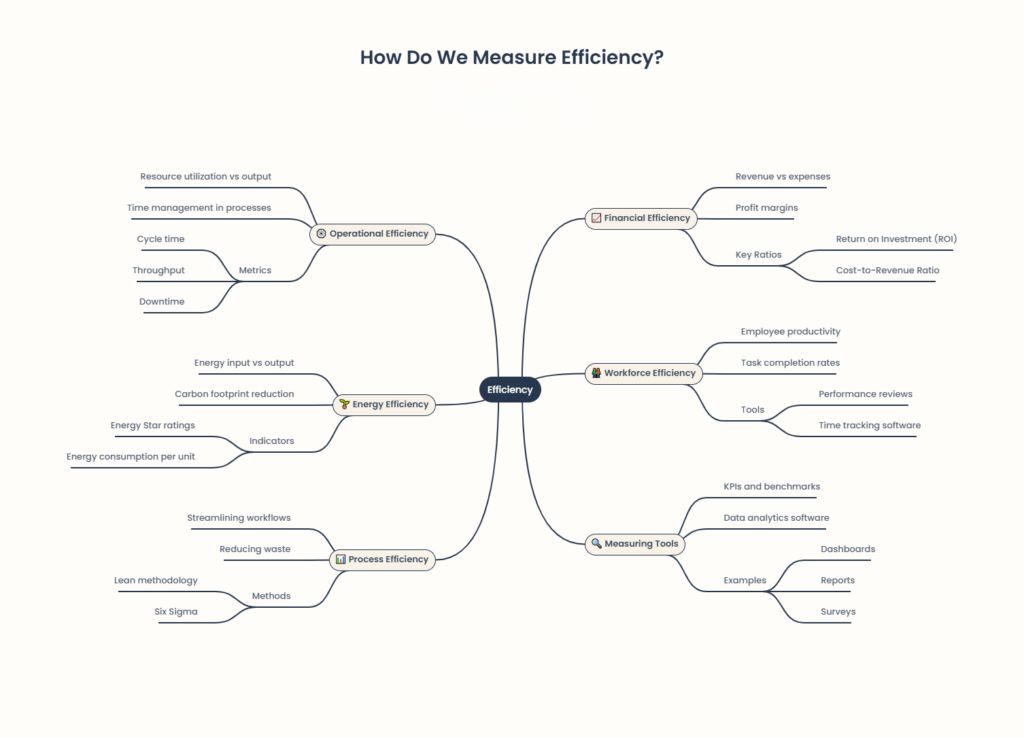How do we measure efficiency in a way that drives meaningful results? Efficiency is a critical metric for success in any organization or personal endeavor. It’s not just about getting things done, it’s about achieving maximum results with minimal wasted effort or resources.
Whether you’re managing a business, optimizing a process, or striving for personal productivity, understanding how to measure efficiency is essential.
In this blog, we will discuss what efficiency means, why it is essential, and, most importantly, how to measure it effectively.
What Is Efficiency?
Efficiency refers to the ability to achieve maximum productivity with minimum wasted effort or resources. In simpler terms, it is about doing more with less. Efficiency can be applied to various fields, including business, manufacturing, personal productivity, and even energy consumption.
Key factors that influence efficiency include:
- Time: How quickly tasks are completed.
- Resources: The amount of materials, money, or effort used.
- Output: The quality and quantity of results produced.
Why Is Measuring Efficiency Important?
Measuring efficiency provides insights into performance and highlights areas for improvement. Manufacturing process improvement is essential for boosting efficiency, as it involves analyzing workflows, eliminating bottlenecks, and adopting new technologies to reduce costs and increase productivity.Some critical benefits include:
- Identifying Bottlenecks: Pinpointing areas where resources or time are wasted.
- Improving Productivity: Enhancing overall output and quality.
- Cost Savings: Reducing unnecessary expenses.
- Goal Alignment: Ensuring that processes align with broader objectives.
Fun Fact: According to a study by McKinsey, companies that consistently measure and optimize their efficiency experience up to a 30% increase in productivity.
How Do We Measure Efficiency?

Measuring efficiency involves evaluating the relationship between input and output. One key approach to improving efficiency is understanding how to make a product more efficient by streamlining production processes, optimizing resource usage, and integrating innovative technologies.”
Below are some key steps and methods to measure efficiency effectively:
1. Set Clear Objectives
Before measuring efficiency, define what success looks like. Objectives should be SMART (Specific, Measurable, Achievable, Relevant, Time-bound). For example:
- Increase manufacturing output by 20% within six months.
- Reduce energy consumption by 15% in one year.
2. Identify Key Performance Indicators (KPIs)
KPIs are metrics that provide measurable insights into efficiency. Examples include:
| Field | Key Performance Indicators (KPIs) |
| Manufacturing | Units produced per hour, defect rate |
| Customer Service | Average resolution time, customer satisfaction score |
| Energy Efficiency | Energy usage per unit produced, carbon footprint |
| Personal Productivity | Tasks completed per day, time spent on high-priority work |
3. Use the Efficiency Formula
The basic formula for efficiency is:
For instance:
- If a machine produces 500 widgets using 10 hours of labor, the efficiency is:
4. Leverage Technology
Modern tools and software can streamline efficiency measurement:
- Project Management Tools: Tools like Asana and Trello track task completion rates.
- Energy Monitoring Systems: Devices like smart meters track energy usage.
- Data Analytics Platforms: Solutions like Tableau analyze performance metrics.
5. Conduct Regular Audits
Audits provide a snapshot of current performance. They can uncover inefficiencies and help devise actionable strategies for improvement.
Examples of Efficiency Measurement Across Industries
1. Manufacturing
In manufacturing, efficiency is often measured using Overall Equipment Effectiveness (OEE), which considers:
- Availability: Uptime versus downtime.
- Performance: Actual speed versus designed speed.
- Quality: Defective units versus total units produced.
2. Office Work
Efficiency in office environments can be tracked by:
- Number of completed projects.
- Employee engagement levels.
- Time spent on productive versus non-productive tasks.
3. Personal Productivity
Personal efficiency is measured by how effectively individuals use their time. Techniques like the Pomodoro method can help improve focus and output.
Challenges in Measuring Efficiency
- Data Accuracy: Inconsistent or incomplete data can skew results.
- Subjectivity: Different stakeholders may have varying definitions of success.
- Overemphasis on Speed: Focusing solely on speed can compromise quality.
Tips to Improve Efficiency
- Automate Repetitive Tasks: Use software to reduce manual effort.
- Provide Training: Equip employees with the skills needed for optimal performance.
- Set Priorities: Focus on high-impact tasks.
- Monitor Progress: Regularly review KPIs and adjust strategies as needed.
The Future of Measuring Efficiency
With advancements in technology, measuring efficiency is becoming more precise and impactful. Artificial intelligence, machine learning, and IoT (Internet of Things) are revolutionizing how organizations track and optimize efficiency.
Did You Know? By 2030, the global market for AI-driven efficiency tools is expected to reach $50 billion.
Conclusion
Measuring efficiency is more than just crunching numbers; it’s about understanding and optimizing processes to achieve better results. By setting clear objectives, using the right KPIs, and leveraging technology, individuals and organizations can significantly enhance their efficiency.
When it comes to improving efficiency, GMP Pros stands out as a trusted partner. Here’s why:
- Expertise Across Industries: Our team has extensive experience in diverse industries, ensuring tailored solutions for your unique challenges.
- Data-Driven Insights: We leverage advanced analytics and proven methodologies to identify inefficiencies and recommend actionable improvements.
- Customized Solutions: No one-size-fits-all approach—our solutions are designed to meet your specific needs and goals.
- Commitment to Excellence: We prioritize delivering measurable results that enhance productivity, reduce costs, and promote sustainable growth.
Ready to transform your processes and achieve greater efficiency? Reach out to GMP Pros today to learn how we can help.

